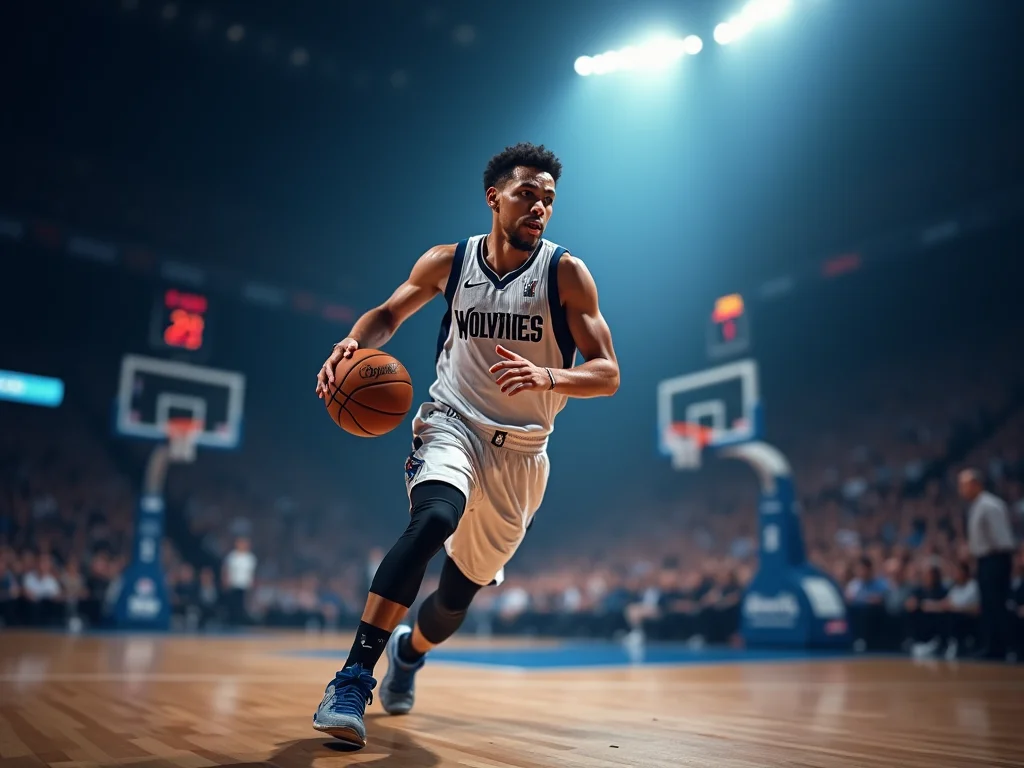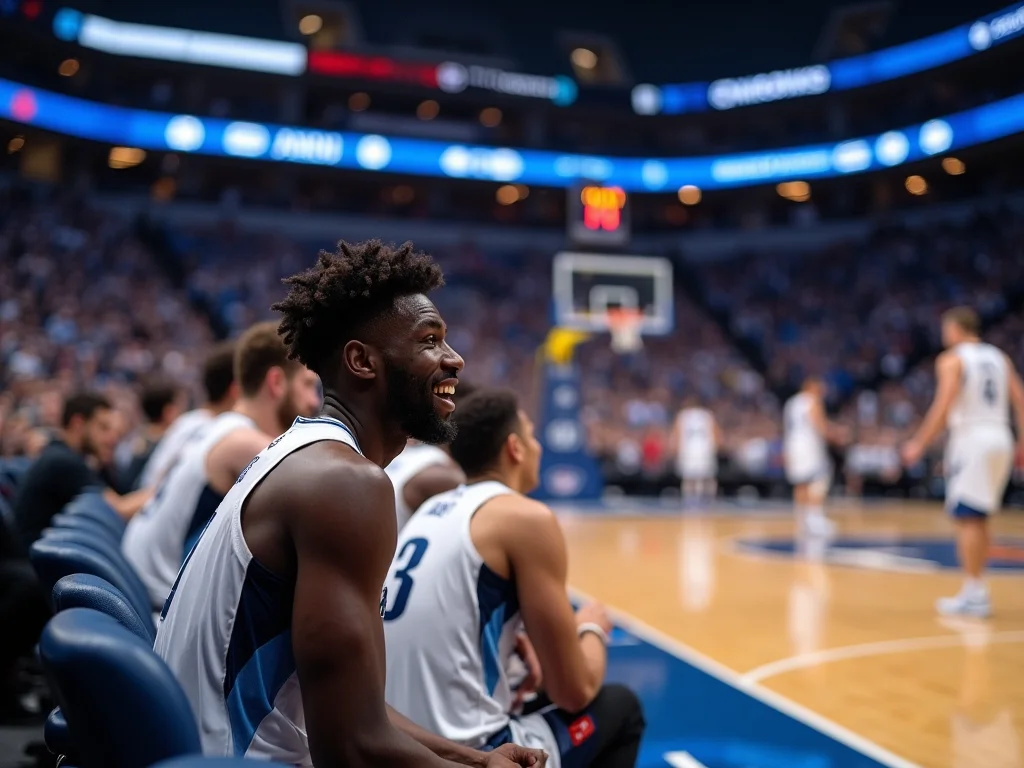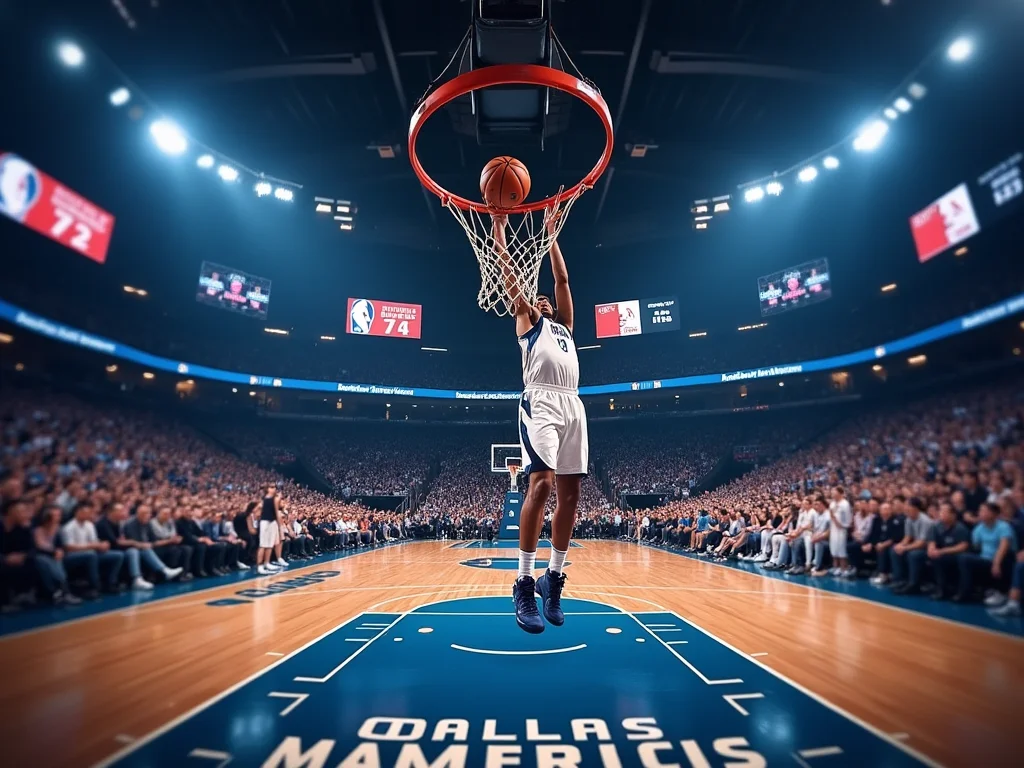Introduction
After a nail-biting contest on October 29, 2024, the Dallas Mavericks defeated the Minnesota Timberwolves by a score of 120-114. Highlights of elite basketball included game-changing plays, key players going above and beyond, and smart playmaking. In this in-depth review of Timberwolves vs Dallas Mavericks Match Player Stats, we examine the game-changing player stats that decided this tight contest.
Understanding NBA Team Dynamics

Gaining a fundamental understanding of each team’s identity and game strategy is necessary before breaking down individual performances. The backcourt plays a significant role in the scoring and ball distribution of the Dallas Mavericks, who are renowned for their smart ball movement and pinpoint shooting. The Minnesota Timberwolves, in contrast, are lauded for their tenacity and speed up front, where they frequently showcase their physicality and push the tempo.
| Aspect | Details |
|---|---|
| Key Player | Luka Dončić – Pivotal in pick and roll plays. |
| Offensive Focus | Halfcourt offense centered around Dončić; emphasis on efficient corner threes. |
| Defensive Concerns | Ranks 23rd in defense; challenges in maintaining a strong defensive stance. |
| Game Pace | Improved to 8th in the league, focusing on fast transitions and added points from fast breaks. |
| Key Additions | Derrick Jones Jr. and Grant Williams, enhancing perimeter and interior defense respectively. |
| Resource | “Dallas Mavericks 2023/24 Playbook” offers detailed strategic insights, including diagrams of offensive setups. |
Key Player Performances

Team strategies, individual brilliance, and tactical deployments were all on display in the Mavericks vs. Timberwolves game. To help paint a clearer picture of how each player contributed to the final score, we’ve broken down their performance during the game.
Kyrie Irving’s Offensive Clinic
Scoring Prowess:
The starting point guard for the Mavericks, Kyrie Irving, was unstoppable, scoring 35 points with incredible efficiency. Crucial in testing the Timberwolves’ defense was his ability to make six three-pointers.
Playmaking Ability:
With five assists of his own, Irving kept the offense moving and set up key plays for his teammates. His entry onto the court caused a change in defensive strategy, which allowed other players to create scoring chances.
Ball Handling and Control:
Every possession mattered, and Irving, known for his dribbling abilities, kept the game close by limiting turnovers. The Mavericks were able to keep up their consistent offensive tempo thanks to his handling of the ball.
Luka Dončić’s All-Round Contribution
Versatile Scoring:
Luka Dončić demonstrated his versatility by contributing 24 points to Irving’s scoring, while also showcasing his all-around game with eight rebounds and eight assists.
Clutch Performance:
The game-changing ability of Dončić to score and set up teammates during pivotal moments kept the Timberwolves’ defense under constant pressure.
Leadership on the Floor:
The Mavericks were able to remain composed during the Timberwolves’ runs thanks to Dončić’s leadership skills, which included maintaining composure and reading the game.
Anthony Edwards’ Standout Effort
Leading Scorer:
Anthony Edwards led all Timberwolves scorers with 37 points. His seven three-pointers were the crowning achievement of his performance.
Rebounding and Assists:
As evidence of his versatility and desire to make an impact beyond just scoring, Edwards grabbed six rebounds and dished out three assists in addition to his scoring.
Driving Force:
The Timberwolves remained in the game thanks in large part to Edwards’s aggressive play, which he used to repeatedly test the Mavericks’ defense.
Julius Randle’s Key Role
Balanced Attack:
The Timberwolves’ offensive and defensive operations relied heavily on Julius Randle, who contributed 20 points, 7 boards, and 7 assists.
Inside Presence:
Randle’s deftness on the interior and his ability to contest the Mavericks’ big men created scoring chances and diverted defense focus from outside shooters.
Playmaking from the Post:
He was instrumental in setting up teammates, especially those on the perimeter like Edwards, for easy baskets with his seven assists.
Team Dynamics and Game Strategy

Both teams’ strategic execution and individual brilliance were on full display in this matchup. In stark contrast to the Timberwolves’ aggressive and occasionally unpredictable playstyle, the Mavericks were able to maintain tempo and force turnovers at a minimum.
Mavericks’ Efficient Ball Movement
Assist Totals:
The 25 assists that came from the Mavericks’ teamwork show how they find the best shot through patient offense, which is their game philosophy.
Minimizing Mistakes:
The Mavericks displayed remarkable discipline by committing only nine turnovers, which contributed to their increased consistency in scoring.
Timberwolves’ Battle with Turnovers
High Turnover Count:
The Timberwolves had trouble keeping possession of the ball and committed 20 turnovers, which allowed the Mavericks to score some crucial points.
Resilience Despite Errors:
The Timberwolves showed remarkable resiliency in the face of a high turnover rate, maintaining a close game right up until the final buzzer.
Key Defensive Plays

Tightening the Perimeter
Mavericks’ Defensive Coordination:
Defensively, the Mavericks were very well-coordinated, especially on the perimeter. By rapidly closing in on three-point shooters, they were able to limit the Timberwolves’ attempts and throw off their scoring rhythm.
Impact of Defensive Pressure:
In the end, the Timberwolves’ shooting percentage from beyond the arc dropped because the Mavericks consistently pressed them to take difficult shots.
Controlling the Paint
Interior Defense by the Mavericks:
Maxi Kleber and Daniel Gafford, two of Dallas’s big men, were crucial in limiting the opposition’s paint share. In limiting the Timberwolves’ second-chance points, they played a crucial role in rebounding and challenged shots.
Block Party:
In addition to preventing goals, the Mavericks’ multiple crucial blocks boosted team spirit and audience participation, which in turn helped the game gain steam.
Transition Defense
Slowing Down the Timberwolves:
Limiting the Timberwolves’ ability to score quickly was a key tactic employed by the Mavericks. They could have changed the game’s tempo by rushing back to defense to cut down on the Timberwolves’ easy scoring opportunities.
Strategic Fouling:
In order to set up their defense and avoid easy baskets, the Mavericks would occasionally commit strategic fouls that would disrupt the Timberwolves’ transition flow.
Role of Bench Contributions in Game Dynamics

Bench Scoring Impact
Naz Reid’s Performance:
As a substitute, Naz Reid gave the Timberwolves a much-needed boost, scoring 14 points and grabbing 9 boards. While starters were resting, his vigor was vital to maintaining a competitive game.
Bench Depth:
The bench for the Mavericks, anchored by Reggie Bullock and Maxi Kleber, scored important points, particularly in the second quarter, to help the team gain a lead that would be pivotal in the final minutes.
Defensive Stalwarts Off the Bench
Second Unit Defense:
Substitute players for both teams played a key defensive role. The Mavericks’ interior defense was led by Maxi Kleber, and the Timberwolves’ perimeter defense was bolstered by Jaylen Nowell.
Energy and Effort:
Particularly in defensive play, the bench units’ intensity and effort levels stood out, and they helped the team get a number of crucial stops that changed the game’s momentum.
Three-Point Shooting and Its Impact

Mavericks’ Long-Range Shooting
Precision from Distance:
A key component of the Mavericks’ strategy that exposed the Timberwolves’ defense and set up drives was their extremely efficient three-point shooting.
Contributors Beyond Irving and Dončić:
Dorian Finney-Smith, Kyrie Irving, and Reggie Bullock were all instrumental in the Mavericks’ lead maintenance with crucial three-pointers.
Timberwolves’ Response from Deep
Anthony Edwards’ Sharpshooting:
With seven three-pointers, Anthony Edwards showed off his range and kept the Timberwolves in the game the whole time.
Volume Shooting:
The team’s inability to completely close the scoreboard deficit was a direct result of their collective struggles with three-point shooting, even though Edwards had success.
FAQs
Who was the top scorer in the Mavericks vs Timberwolves game?
Anthony Edwards was the top scorer with 37 points for the Timberwolves, while Kyrie Irving led the Mavericks with 35 points.
How many assists did Luka Dončić have against the Timberwolves?
Luka Dončić recorded eight assists in the game against the Timberwolves.
What was the final score of the Mavericks vs Timberwolves on October 29, 2024?
The Dallas Mavericks won with a final score of 120-114 against the Minnesota Timberwolves.
How many three-pointers did Kyrie Irving make in the game?
Kyrie Irving made six three-pointers during the match.
Did the Mavericks or Timberwolves have more turnovers in the game?
The Timberwolves had more turnovers, totaling 20, compared to the Mavericks’ nine.
Also Read: Germany National Football Team vs Scotland National Football Team Timeline
Conclusion
The Dallas Mavericks beat the Minnesota Timberwolves thanks to well-planned plays, outstanding individual efforts, and a cohesive team effort. The Timberwolves vs Dallas Mavericks Match Player Stats provide an in-depth breakdown, demonstrating how crucial efficiency is and how team dynamics are affected by player roles. By analyzing each player’s statistics, we can see how the team’s performance impacts the overall outcome on the basketball court.

Diane Wood is a talented blogger at Vistazens.com, covering a wide range of subjects, including technology and culture. Her work highlights the connections between modern life and long-standing traditions, while simplifying the latest innovations and sustainability efforts for readers.

